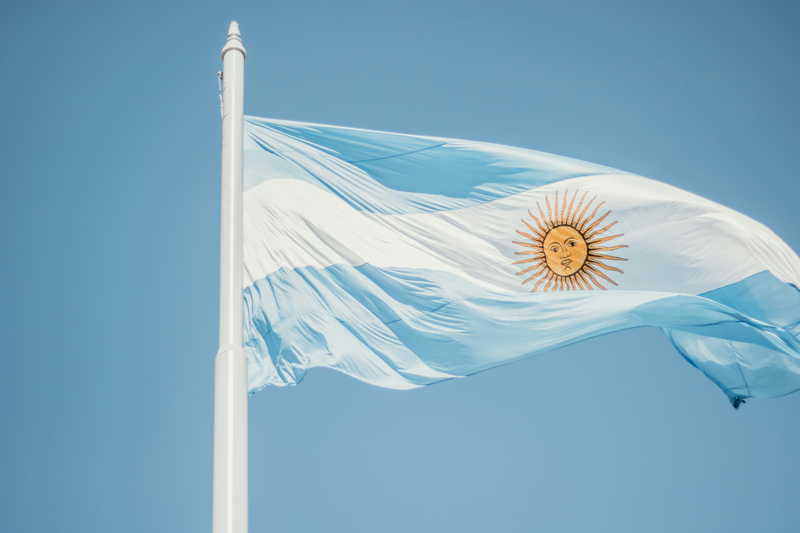
In Argentina, a country plagued by inflation, people have turned to unconventional methods to protect their wealth. In the shadow of the official economy, on the fringes of regulation, “crypto caves” – informal cryptocurrency exchanges where the US dollar takes on a digital form as stablecoins – are flourishing. Faced with stringent currency controls and triple-digit inflation of the Argentine peso, traditional saving methods are becoming obsolete, forcing residents to look for alternatives.
“Crypto caves” are not just ordinary exchange points. Hidden in “invisible places” and accessible only to those in the know, they become safe havens where local cash can be exchanged for cryptocurrencies, mainly USDT – a digital equivalent of the dollar. In these underground enclaves, the exchange rate is often much more favorable than the official rates, attracting those who wish to escape the depreciation of their savings.
In a country where banks cannot officially accept US dollars, cryptocurrency wallets have become digital safes where Argentinians store their “digital dollars.” This new form of saving allows them to preserve the value of their assets, despite the continuous devaluation of the local currency.
The origins of “crypto caves” date back to the 1980s when “financial caves” – official currency exchange points – were forced to operate in secrecy due to government-imposed currency controls. It is from these structures that today’s crypto caves evolved, offering residents an alternative access to stable currencies.
In 2023, when inflation in Argentina reached a level not seen in 32 years, at 211.4%, “crypto caves” were no longer just silent witnesses of economic chaos but became key players in the fight for financial stability. Although some of them have been the target of investigations and raids by authorities, in the eyes of the local community, they have not lost their value. On the contrary, they have become symbols of resistance against arbitrary government bans restricting access to the free currency exchange market.
Hopes are pinned on the new president, Javier Milei, who might lift currency controls, reducing the need for “crypto caves.” However, faced with high tax pressure, the “black market” will still prefer to operate in the shadows, avoiding the attention of regulatory bodies.
“Crypto caves” are not unique to Argentina. Similar structures can be found in Cuba, Venezuela, Iran, and some African countries, demonstrating the global reach of cryptocurrencies as a tool for financial independence.
While the legalization of Bitcoin as a payment method in December 2023 was a step forward in Argentine policy, residents of the country still exercise caution, preferring more stable forms of digital money like USDT on the Tron network. Thanks to the speed and low cost of transactions, as well as the lack of exchange rate fluctuation, Argentinians have found in cryptocurrencies a tool that allows them not only to survive in the face of economic difficulties but also to secure the future of their finances.
Photo by Angelica Reyes on Unsplash
